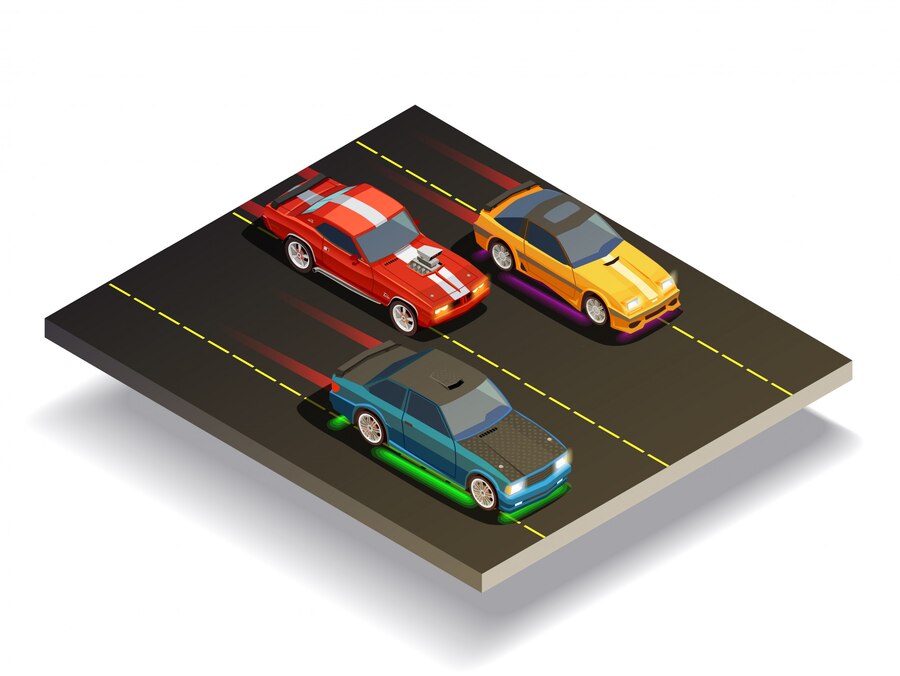When it comes to understanding the dimensions of a car, one of the fundamental measurements is its length, typically expressed in meters (m).
Knowing the length of a car is essential for various reasons, including parking, maneuvering in tight spaces, and determining compatibility with certain parking spots or garages.
In this article, we’ll explore the concept of car length in meters, why it matters, and how it can vary across different types of vehicles.
Understanding Car Length

The length of a car refers to the distance between its front and rear ends, usually measured in meters. It’s a critical dimension that affects how easily a vehicle can be parked, driven, and stored.
Car manufacturers provide specifications for the length of their vehicles, allowing consumers to make informed decisions based on their needs and preferences.
Importance of Car Length
The length of a car directly impacts its maneuverability and parking feasibility. Longer vehicles may have more difficulty navigating tight turns or fitting into compact parking spaces.
Shorter cars provide increased agility, making them popular choices for navigating urban areas with limited space.
Moreover, knowing a car’s length is vital for assessing its suitability for parking, garages, and transportation systems like car lifts or ferries. Drivers should be mindful of their vehicle’s dimensions to avoid restrictions or the need for special accommodations.
Variability Across Vehicle Types

Car length can vary significantly across different types of vehicles, depending on their design, purpose, and intended use. For example.
Sedans:
Sedans typically have moderate lengths, ranging from around 4 to 5 meters. This size makes them suitable for everyday commuting and family transportation while offering a balance of interior space and maneuverability.
SUVs:
Sport Utility Vehicles (SUVs) are known for their larger dimensions, with lengths often exceeding 5 meters. SUVs prioritize passenger comfort and cargo capacity, making them popular choices for families, outdoor enthusiasts, and drivers with active lifestyles.
Compact Cars:
Compact cars are characterized by their smaller dimensions, with lengths usually falling below 4 meters. These vehicles are ideal for city driving and navigating congested streets, offering fuel efficiency and easy parking.
Trucks and Vans:
Trucks and vans come in various sizes, from compact pickups to full-size commercial vehicles. Lengths can range from under 4 meters for smaller models to over 6 meters for heavy-duty trucks and extended-wheelbase vans
Conclusion
Understanding the length of a car in meters is essential for drivers to assess its maneuverability, parking feasibility, and compatibility with different environments.
Whether choosing a sedan for urban commuting or an SUV for family adventures, knowing the dimensions of a vehicle ensures a smooth driving experience and helps avoid potential challenges associated with size constraints.
By considering car length alongside other factors such as width and height, drivers can make informed decisions that meet their needs and preferences while maximizing safety and convenience on the road.
FAQs About Car Lengths
- What is car length, and why is it important?
- Car length refers to the distance between a vehicle’s front and rear ends, typically measured in meters. It’s crucial for various reasons, including parking, maneuvering in tight spaces, and determining compatibility with parking spots or garages.
- How do car manufacturers provide specifications for car lengths?
- Car manufacturers offer specifications for the length of their vehicles, allowing consumers to make informed decisions based on their preferences and needs.
- How does car length impact maneuverability and parking feasibility?
- Longer vehicles may face challenges in navigating tight turns and fitting into compact parking spaces, while shorter cars offer greater agility and are preferred for urban driving environments.
- Why is it important to understand car length for determining compatibility with parking spots and garages?
- Knowing the length of a car is crucial for assessing its compatibility with parking spots, garages, and transportation systems like car lifts or ferries. Oversized vehicles may require special accommodations or face restrictions.
- How does car length vary across different vehicle types?
- Car length can vary significantly across vehicle types. Sedans typically have moderate lengths ranging from 4 to 5 meters, while SUVs are known for their larger dimensions, often exceeding 5 meters.
-
You’ll also like this:
Must visit the home page:




